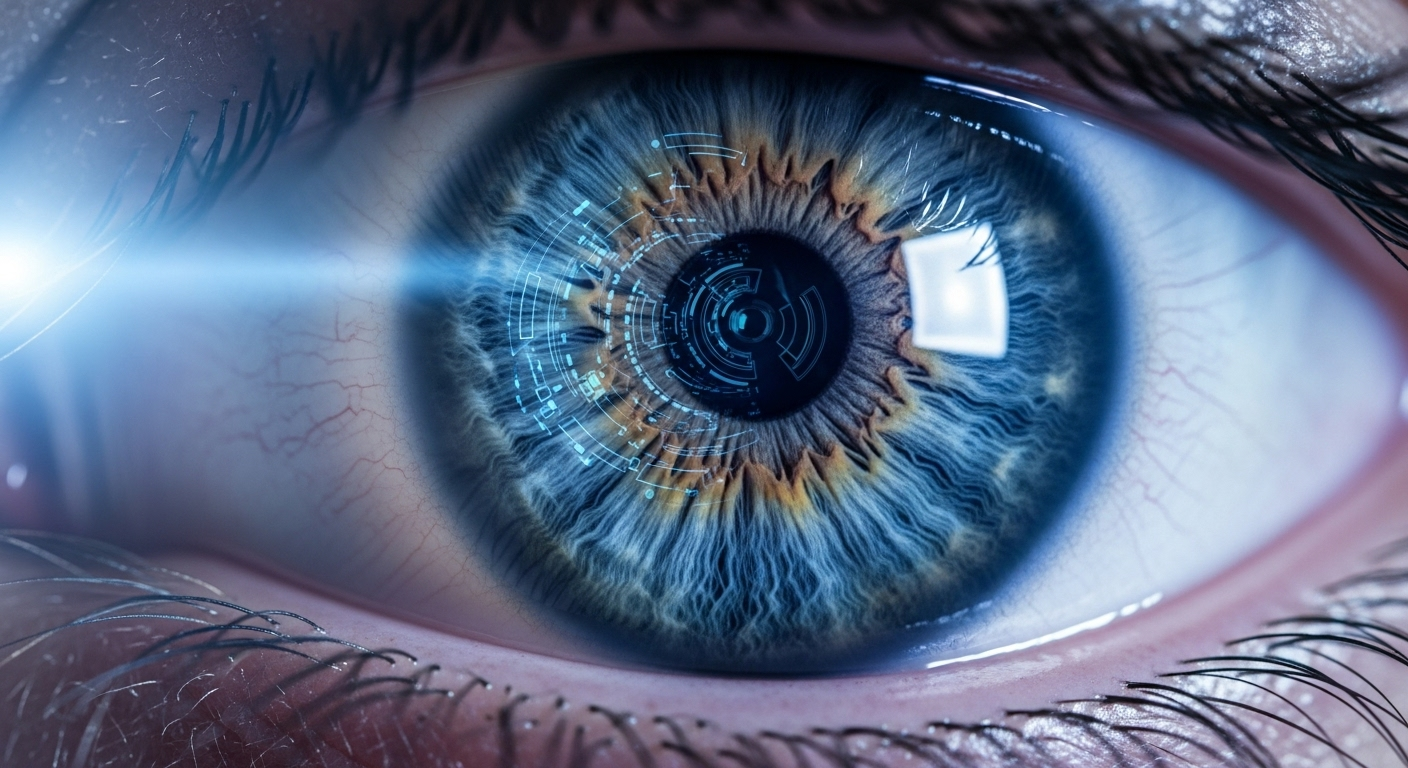Discovering the Unseen: The Surge of Invisible Art
The world of art is ever-changing, consistently pushing boundaries, and challenging our understanding of what constitutes 'art'. One of the less-explored realms in this vast landscape is the intriguing concept of Invisible Art. This article delves into the history, current status, and the compelling implications of this avant-garde artistic movement.

A Historical Dive into Invisible Art
Invisible Art, as the name suggests, involves artworks that are, in essence, invisible. This seemingly paradoxical genre emerged around the late 1950s when artists began experimenting with ideas and concepts, rather than sticking to the traditional tangible mediums. The intention was to engage the audience’s imagination, creating a piece that exists within the viewer’s mind.
One of the earliest proponents was Yves Klein, a French artist who championed the concept of “immaterial art”. His 1957 work, “The Void”, involved an empty gallery, asserting the presence of an artwork that existed only in the viewer’s perception. Since then, Invisible Art has sporadically appeared in various forms, with artists like Andy Warhol, John Cage, and James Lee Byars contributing to its evolution.
Current Innovations in Invisible Art
In recent years, Invisible Art has garnered renewed attention, with prominent galleries dedicating exhibitions to this esoteric form. For instance, the Hayward Gallery in London hosted an exhibition titled “Invisible: Art about the Unseen” in 2012, showcasing works from the past half-century of invisible art.
Today’s artists are pushing the boundaries even further. They use invisibility not just as an artistic strategy, but also as a commentary on social and political issues, such as the invisibility of marginalized communities or the unseen impacts of global policies.
Implications and Reception
The reception of Invisible Art, unsurprisingly, is mixed. Critics argue that it is a pretentious fad, an emperor’s new clothes scenario in the art world. Others, however, laud it as a bold exploration of art’s essence, pushing viewers to question their preconceived notions of art and its tangibility.
Invisible Art has also found relevance in the digital age, where the proliferation of virtual and augmented reality technologies offers new platforms for its expression and engagement. Though provocative and contentious, Invisible Art certainly underscores the boundless possibilities of creative expression.
The Power of the Unseen
Invisible Art is more than just a rebellious movement within the art world. It is a philosophical exploration of perception, reality, and the very definition of art. Its audacious premise forces us to question, engage and imagine, proving that sometimes, what we cannot see can indeed be the most captivating.
Invisible Art is a testament to the ever-evolving nature of creative expression, a reminder that art is not bound by physical forms or traditional norms. As we move further into the 21st century, it’ll be interesting to see how this unique genre continues to shape and be shaped by the changing societal and technological landscape.





